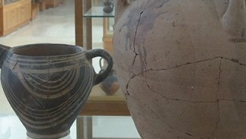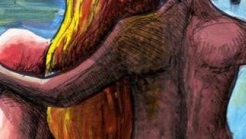

Greece
The museum Crete chemistry, is in operation since 1996 and is hosted in building the State Laboratory of Chania.
Represents the first public laboratory in Greece, which was founded in Chania in 1900, on the initiative of John Vamvaka.
The laboratory, during the Second World War was bombed, with the result that the exhibits presented today, is one of the which were rescued from the ruins.
In this area, are presented as exhibits chemical reagents, distillation apparatus and measurement, thermometers, pycnometers, microscopes, n.e.c.
Also, a small space is dedicated to architect John Vamvaka, in which there is a library of old books chemistry, a desk and the decree 143 of the Cretan state of 1900, which is signed by the High Commissioner of Crete, Prince George, from whom was formalized the operation of commercial laboratory.


OVER THE WALL - CRETE ROCK FESTIVAL 4 Αυγ - 5 Αυγ · A story they say... ok! Once upon a time, a couple of people were at a festival doing all the ordinary things one does at a festival: drinking, chilling and listening to quality Rock and Metal (what do you


The Archaeological Museum Sitia began operating in 1984, one hundred years after the first excavations of the Italian Archaeological School. Largest and richest whole antiquities is considered to be the palace of Zakros were built with many and great findings, some of which are masterpieces of Minoan art.


A TIME TRAVEL THROUGH MUSIC Now in its 5th year over 100,000 fans of music have enjoyed the unique Matala Beach Festival on the sands made famous during the hippie era of the 1960s and 70s. Matala Beach attracted international media attention in the 1970s when Joni Mitchell included the song 'C
1039 Ε 6061 01515 00